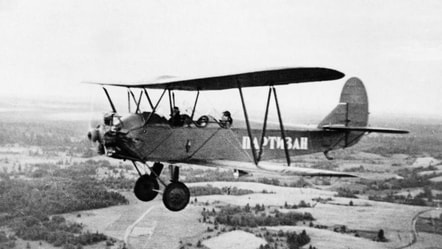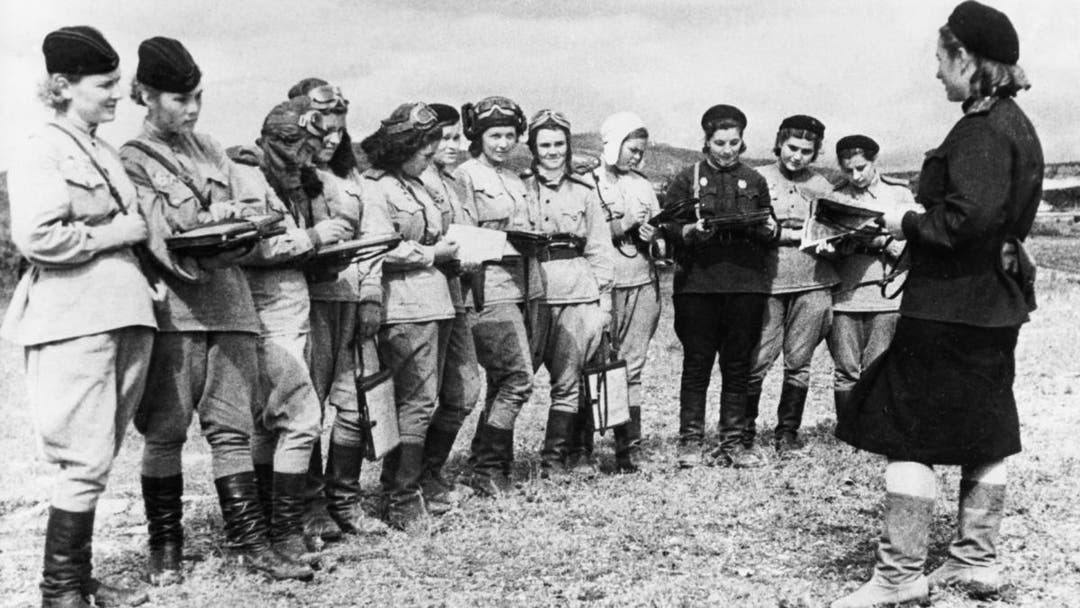|
No where in the nursery rhyme does it say that Humpty Dumpty was an egg.
Think about it. Humpty Dumpty sat on a wall, Humpty Dumpty had a great fall; All the king’s horses and all the king’s men Couldn’t put Humpty together again. Humpty Dumpty’s fated tale first made an appearance in Juvenile Amusements by Samuel Arnold in 1797. Over the years, the rhyme, exhibiting minor variations to the lyrics, continued to turn up in books. Strangely enough, however, the term “humpty dumpty” did not begin with Mr. Arnold’s book. In fact, in the 1600s, it was the name given to brandy boiled with ale. In the 1700s, it was then used to describe a short and clumsy person. Although we don’t know for certain, it is possible the rhyme was meant to be a riddle. “The answer to the riddle, of course, is ‘an egg’—something that, if it rolled off a wall, could not be mended by any number of people” (Upton). Or perhaps it was Lewis Carroll’s Through the Looking Glass (1871) which described him as an egg that made gave poor Humpty such an appearance. But like many nursery rhymes which make fun of historical events, some believe the enigma that is Humpty Dumpty is representative of major historical happenings at the time of its writing. One theory is that Humpty Dumpty was, in fact, the name of a cannon stationed on the defending walls of the town of Colchester, which fell under siege in 1648 during the Second English Civil War. Humpty Dumpty the cannon eventually toppled off the wall and, of course, no one was able to put the cannon back together again due to its weight. But historians aren’t sure of this explanation’s validity because the Fall of Colchester occurred well over a century before the publication of Humpty Dumpty the rhyme. All other theories also remain speculative. Thus, the most plausible explanation of Humpty Dumpty’s identity is that his woeful tale was a riddle to be told to children. McAlpine, Dayna. “So… Humpty Dumpty Isn’t Actually an Egg?” HuffPost. 13 January 2023. https://www.huffingtonpost.co.uk/entry/humpty-dumpty-wasnt-an-egg_uk_63c13559e4b0b2e150705bb0#:~:text=Nowhere%20in%20the%20rhyme%20does,the%20more%20obvious%20it%20seems. Upton, Emily. “The Origin of Humpty Dumpty.” Today I Found Out. 24 April 2013. https://www.todayifoundout.com/index.php/2013/04/the-origin-of-humpty-dumpty/.
0 Comments
The Night Witches. No, we’re not talking about whimsical costumes, glowing pumpkins, or All Hallow’s Eve. We’re not even talking about the Salem Witch Trials of the 17th century. The Night Witches was an all-female Soviet military bomber regiment that was active between 1942 and 1945 at the height of World War II. The 588th Night Bomber Regiment of the Soviet Air Forces was comprised entirely of young women, most of whom were volunteers between the ages of 17 and 26. The unit was the most highly decorated female unit in that force, flying thousands of missions over the years to lay waste to Nazi encampments, supplies, and soldiers. Unbeknownst to many, the Soviet Union was the first nation to allow women to fly combat missions. However, because the Soviets were already suffering mass casualties, the women of the 588th Night Bomber Regiment were not allotted standard military machines. Instead, they flew wood-and-canvas Polikarpov U-2 biplanes which were slow, obsolete, and offered no protection from the barrages of enemy fire directed at them. But leave it to the women to turn what used to be a crop-dusting plane into a subversive weapon of war! Although the regiment’s biplanes were wood-produced and could carry only two bombs at a time, they were exceptionally maneuverable. Because of their light weight, the planes could make sharper turns than their German counterparts. Their maximum speed was lower than the stall speeds of their enemies causing the biplanes to be overtaken and bypassed by opposing forces who were unable to slow down to target them.  Using wildly dangerous tactics, the women of the 588th would gain altitude, mark an objective, and then glide down in the still of the night. They maintained radio silence to avoid being detected by radio locators and their planes were too small to show up on radar or even infrared locators. The rushing whoosh their planes made upon approach frightened the Germans terribly as they could not see them or locate them on any map. This, coupled with the women’s deadly accuracy, earned them the name “Nachthexen,” which is German for Night Witch. The Night Witches was the most celebrated female unit of the Soviet Air Forces with 23 of its pilots garnering the prestigious title of “Hero of the Soviet Union.” Two of its members were named “Heroes of the Russian Federation and another was deemed “Hero of Kazakhstan.” The Night Witches were active through the end of WWII in 1945. Of the 261 women who served in the regiment, 32 died, although not all were in combat (tuberculosis was rampant at this time). Using literal paper airplanes, the 588th’s women dropped a total of 23,000 tons of bombs on the Nazis! The women who risked their lives in the name of their country were courageous but not without fear. They carried no parachutes not only because they flew so low to the ground but because they kept strict weight restrictions. They operated in the dark to avoid detection. Their cockpits were open to the elements – including the bitter Russian air – and their planes of paper presented them no protection. They wore men’s hand-me-down uniforms that were often in poor condition and offered no defense against the weather. They use no radar and no radio. In complete silence, they coordinated with their fellow pilots to carry out thousands of sorties. Perhaps there was something magical about them, after all. Garber, Megan. “Night Witches: The Female Fighter Pilots of World War II.” The Atlantic. 15 July 2013. Accessed 9 Sept. 2019. < https://www.theatlantic.com/technology/archive/2013/07/night-witches-the-female-fighter-pilots-of-world-war-ii/277779/> Holland, Brynn. “Meet the Night Witches, the Daring Female Pilots Who Bombed Nazis by Night.” History.com. June 7, 2019. Accessed 9 Sept. 2019. < https://www.history.com/news/meet-the-night-witches-the-daring-female-pilots-who-bombed-nazis-by-night> Rosenwald, Michael S. “Fierce, Feared, and Female: The WWII Pilots Known as the ‘Night Witches.’” The Washington Post. 1 March, 2019. Accessed 9 Sept. 2019. < https://www.washingtonpost.com/history/2019/03/01/fierce-feared-female-wwii-pilots-known-night-witches/?noredirect=on> Ruiz, Gisely. “The Night Witches: The All-Female World War II Squadron That Terrified the Nazis.” All That’s Interesting. 17 March 2019. Accessed 9 Sept. 2019. < https://allthatsinteresting.com/night-witches-ww2> Wikipedia Contrubutors. “Marina Raskova.” Wikipedia, The Free Encyclopedia. Accessed 9 Sept. 2019. < https://en.wikipedia.org/wiki/Marina_Raskova> Wikipedia Contributors. “Night Witches.” Wikipedia, The Free Encyclopedia. Accessed 9 Sept. 2019. < https://en.wikipedia.org/wiki/Night_Witches> Wikipedia Contrubutors. “Yevdokiya Bershanskaya.” Wikipedia, The Free Encyclopedia. Accessed 9 Sept. 2019. < https://en.wikipedia.org/wiki/Yevdokiya_Bershanskaya> |
Kara WilsonOwner/Editor of Emerging Ink Solutions, avid YA/NA author, adamant supporter of the Oxford Comma, anime and music enthusiast. Archives
February 2024
|

 RSS Feed
RSS Feed
